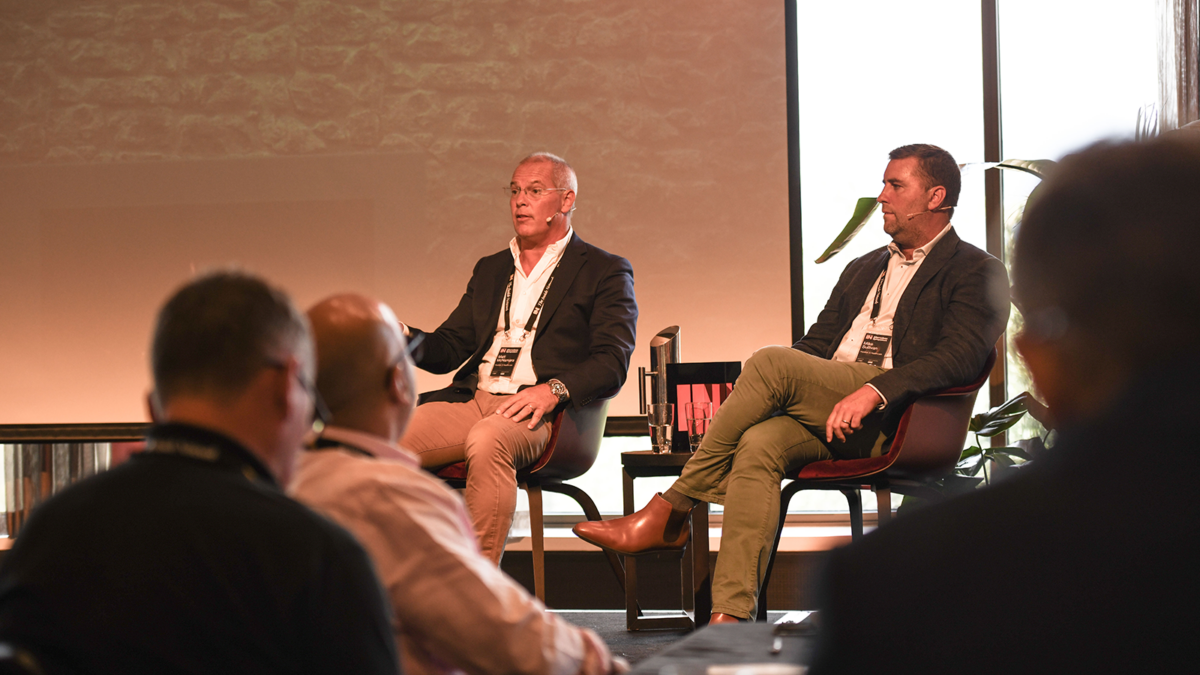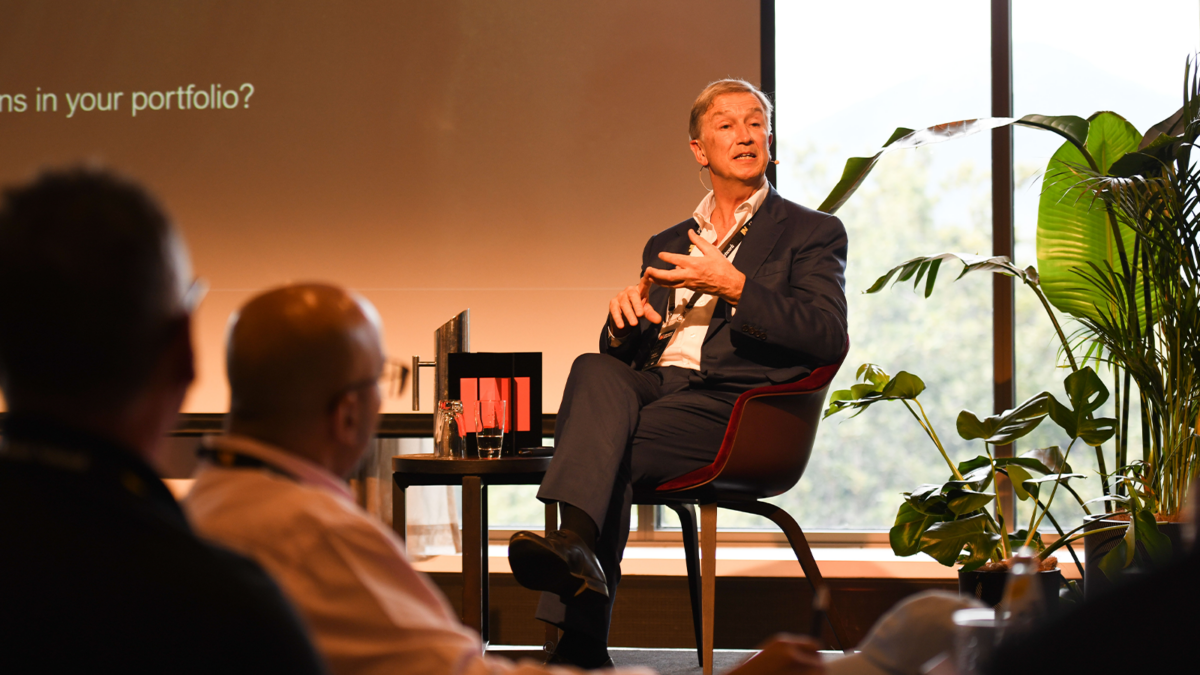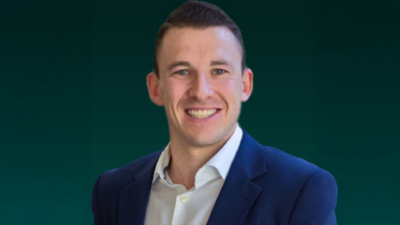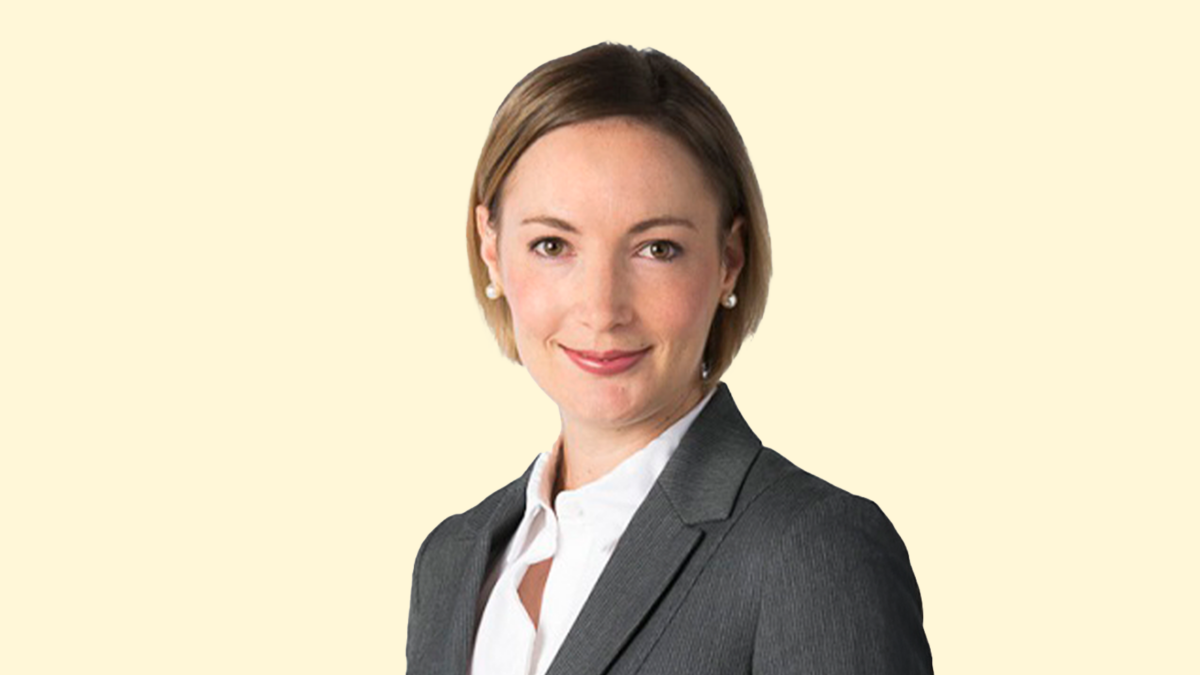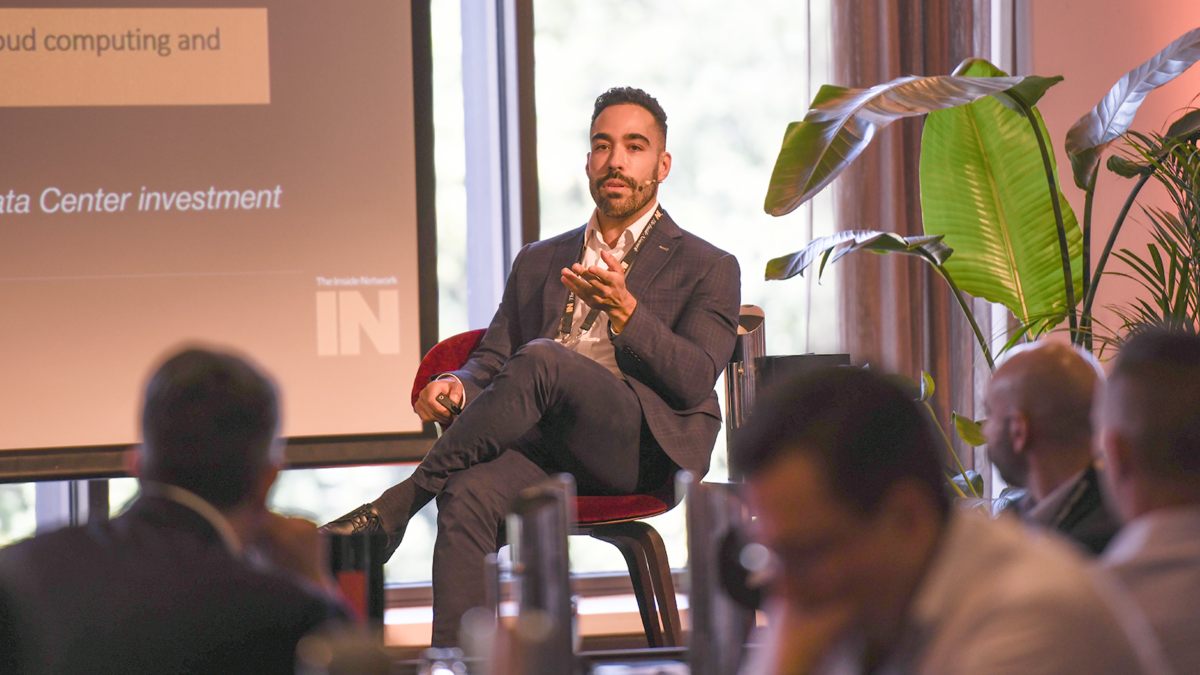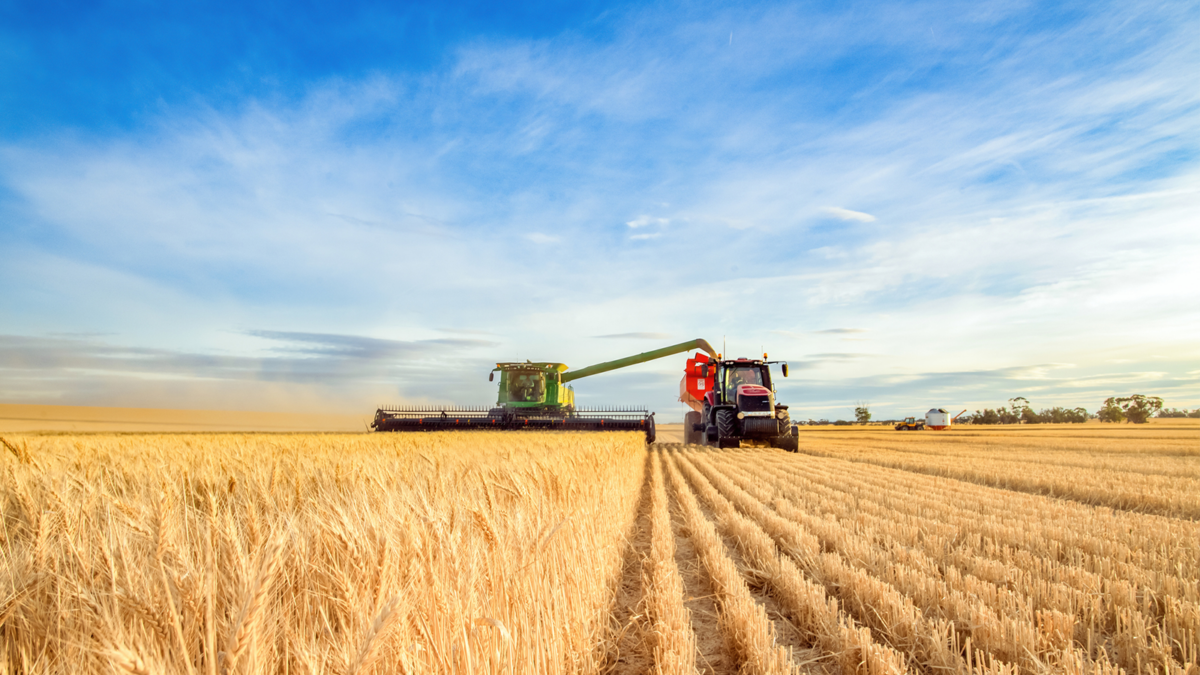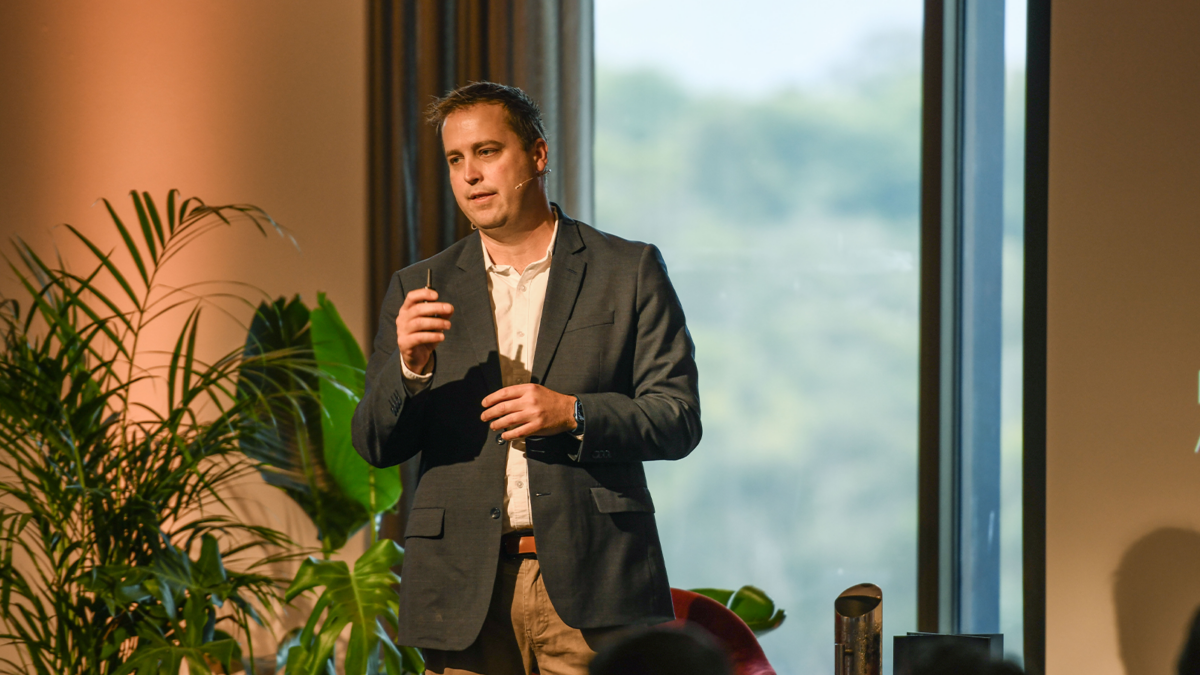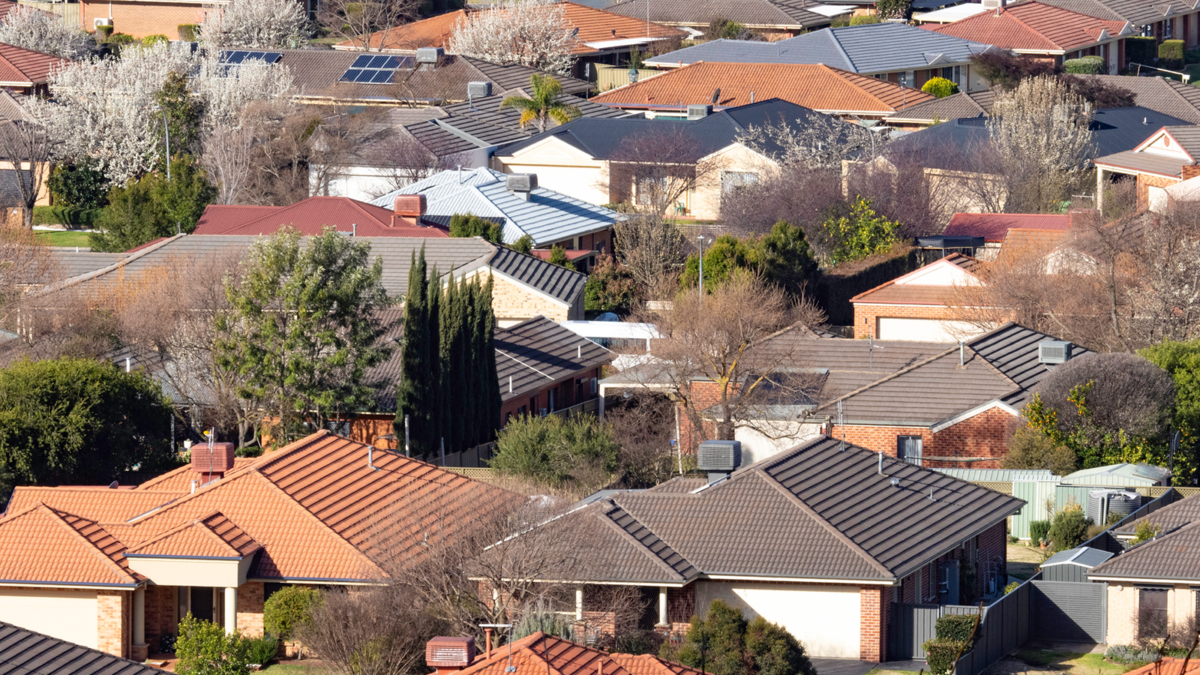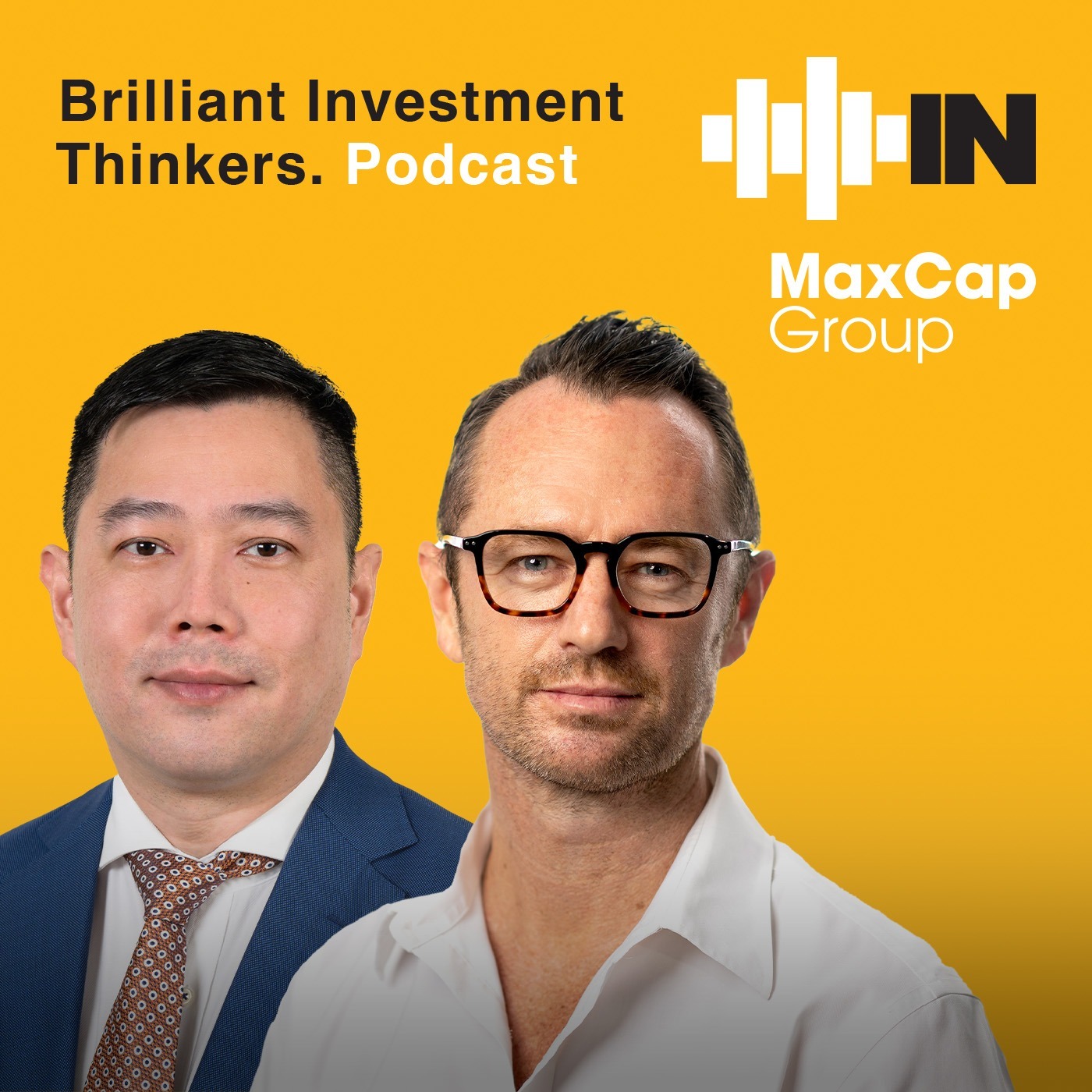When Tyler Jayroe told a friend he was visiting Australia for The Inside Network’s Alternatives Symposium, the friend – a marine life enthusiast – told him how envious he was, as he has always wanted to experience Australia’s rich sea-creature endowment. The friend gave Jayroe the perfect private equity analogy to use for his Australian audience.
GFC. COVID-19. 2023… and now 2025?
With recession fears once again dominating headlines and markets rattling investor confidence, financial advisers are being called on to do more than just manage portfolios — they are being asked to provide clarity, calm and connection.
Healthcare and life sciences is emerging as an economically resilient alternative asset class, given that the industry has huge tailwinds in the form of the demographic force of an ageing population around the world. Plus, there is the growing demand from lifestyle diseases – illnesses that arise from day-to-day life habits of an individual – and the expansion on the back of digital health and AI.
If the holy grail of investing lies in the concept of non-correlated return streams with which to build truly diversified portfolios, insurance-linked securities (ILS) should emerge as one of the options for investors; but they are still not well-understood. That was the message that John Wells, co-founder and chairman of London-based Leadenhall Capital Partners, had for The Inside Network’s recent Alternatives Symposium.
Gold’s spectacular rise has been a feature of the markets over the last couple of years, and judging from how the investment banks are sharpening the pencil on their price targets, that trend seems likely to continue, as gold’s ‘NETGO factor’ intensifies.
Investors are right to diversify overseas. What they must remember is, it’s not just a US story focused on the ‘Magnificent Seven.’
As a Curtin University commerce student in the early 2000s doing a financial planning major, Bree Stevens was delighted to be offered a part-time job with Perth advice firm Blueprint Wealth. She figured she could work a day a week, pick up some industry experience and get a feel for whether real-world financial planning matched the way she was starting to think about the profession from her coursework.
Private markets is clearly a rapidly growing part of the investment ecosystem, with the Australian Securities and Investments Commission (ASIC) recently citing data showing global private capital assets under management (AUM) having tripled over the past decade, to reach an estimated US$14.6 trillion ($23.2 trillion).
And within that, infrastructure is the asset class that is streeting all others in terms of growth, driven by a colossal and multi-pronged funding task.
The Australian image of the taciturn farmer, hard at work completely out of the spotlight, carrying a large part of the nation’s gross domestic product (GDP) on the shoulders of resilient rural families, has a similar feel to the investment performance of the land on which they work. Agricultural land is the quiet achiever of the Australian investment landscape.
In an evolving investment landscape, alternative assets are no longer a fringe consideration—they have become an essential component of a well-structured portfolio. Advisers are increasingly looking beyond traditional equities and fixed income to seek diversification, uncorrelated returns, and improved resilience.




